JBC News

Bacteriophage protein could make queso fresco safer
Researchers characterized the structure and function of PlyP100, a bacteriophage protein that shows promise as a food-safe antimicrobial for preventing Listeria monocytogenes growth in fresh cheeses.

Gut microbes hijack cancer pathway in high-fat diets
Researchers at the Feinstein Institutes for Medical Research found that a high-fat diet increases ammonia-producing bacteria in the gut microbiome of mice, which in turn disrupts TGF-β signaling and promotes colorectal cancer.

How lipid metabolism shapes sperm development
Researchers at Hokkaido University identify the enzyme behind a key lipid in sperm development. The findings reveal how seminolipids shape sperm formation and may inform future diagnostics and treatments for male infertility.
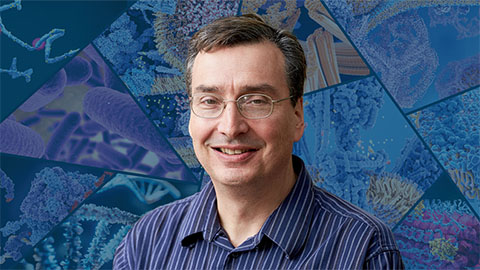
Unraveling the language of histones
Philip Cole presented his research on how posttranslational modifications to histones are involved in gene expression and how these modifications could be therapeutically targeted to treat diseases like cancer.
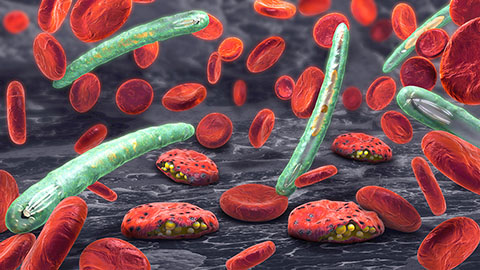
AI-designed biomarker improves malaria diagnostics
Researchers from the University of Melbourne engineered Plasmodium vivax diagnostic protein with enhanced yield and stability while preserving antibody-binding, paving the way for more reliable malaria testing.
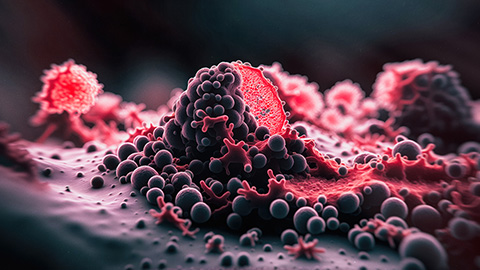
Matrix metalloproteinase inhibitor reduces cancer invasion
Scientists at the Mayo Clinic engineered a TIMP-1 protein variant that selectively inhibits MMP-9 and reduces invasion of triple-negative breast cancer cells, offering a promising tool for targeted cancer research.
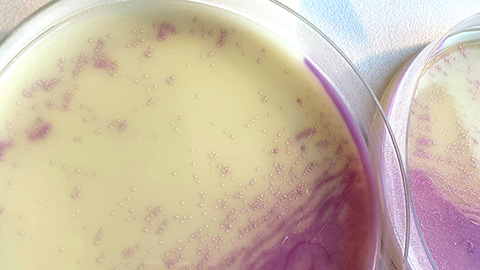
Antibiotic sensor directly binds drug in resistant bacteria
Researchers at Drexel University uncover how the vancomycin-resistant bacterial sensor binds to the antibiotic, offering insights to guide inhibitor design that restores antibiotic effectiveness against hospital-acquired infections.
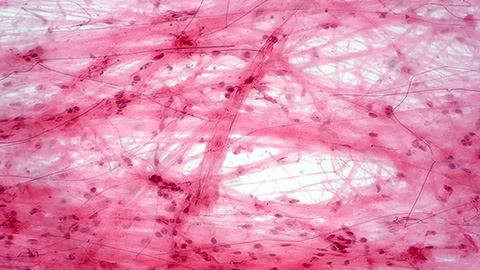
How sugars shape Marfan syndrome
Research from the University of Georgia shows that Marfan syndrome–associated fibrillin-1 mutations disrupt O glycosylation, revealing unexpected changes that may alter the protein's function in the extracellular matrix.
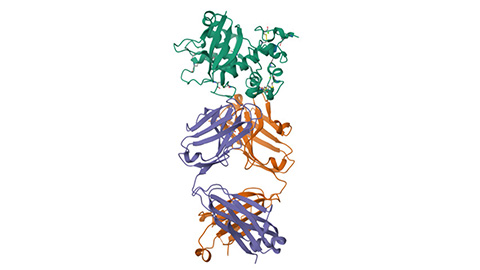
Glow-based assay sheds light on disease-causing mutations
University of Michigan researchers create a way to screen protein structure changes caused by mutations that may lead to new rare disease therapeutics.
